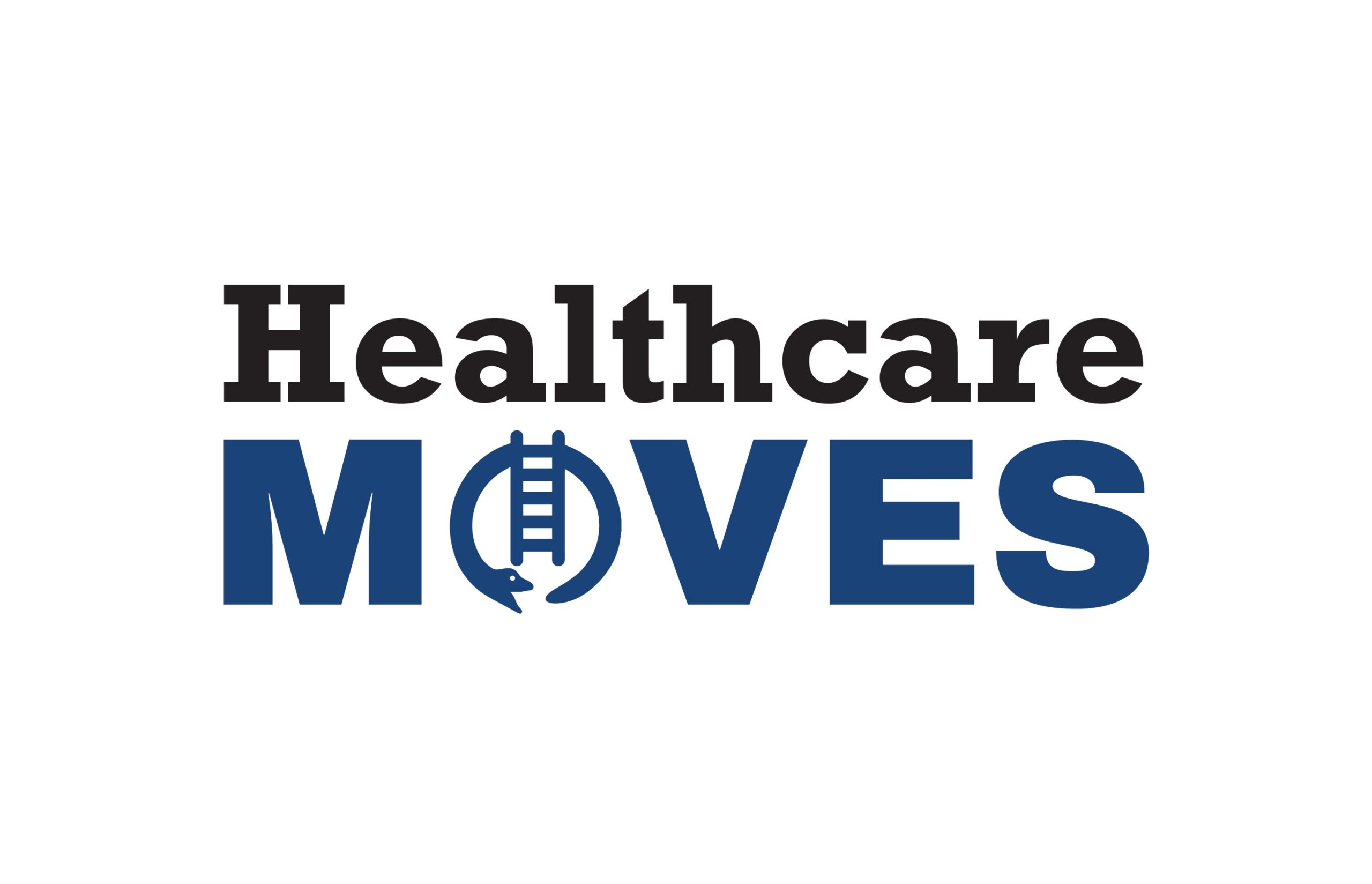By Blair Childs and Joe Damore
Generally speaking, two accountable care organization (ACO) models have emerged as the most common structures for leadership– one managed by physician groups and a second by aligned physicians and hospitals or health systems.
While it may be interesting for pundits to place bets on which end of the provider spectrum should have control of the ACO, it’s a false choice.

With the Rise of AI, What IP Disputes in Healthcare Are Likely to Emerge?
Munck Wilson Mandala Partner Greg Howison shared his perspective on some of the legal ramifications around AI, IP, connected devices and the data they generate, in response to emailed questions.
Given the novelty of the ACO concept, there’s no evidence to suggest that one approach is superior to the other. In fact, many ACO models are being tested now, including those led by hospitals, physicians, payors, pharmacies and community organizations. Each was implemented based on unique market factors, and all of them may have merit depending on the needs and makeup of individual communities. There is no “one size fits all” approach, and individual markets ultimately will determine which model works best, in which setting.
Based on lessons learned from the Premier population health collaborative, the key to success is not which provider group that leads the ACO. In fact, in our model, providers aren’t at the center of the ACO at all – it’s the individuals in the community. Rather than take a provider-centric view of success, we believe the important measures are those that matter to consumers, including the degree of integration (both clinical and electronic), the ability to provide active care management and coordinated services, collaboration across providers, and the commitment of all ACO participants to work as a team guided by the core principle of accountability.
It’s not a question of either one or the other; it’s a question about how we can best organize all resources in a community to better manage health, coordinate care and provide highest-quality services in the right setting, at the right time.
In addition, providers across the continuum can help and reinforce one another’s efforts. Most health systems, for instance, have resources that could help physician entities cost-effectively implement an ACO by avoiding infrastructure costs such as an electronic medical record or care management systems. Many health systems also bring to the table very mature relationships with post-acute providers that are essential to the ACO, including home healthcare or hospice services. Combined with many physicians’ abilities to provide convenient primary care, as well as their trusted relationships with consumers, such a cooperative model brings together the best of what all the providers in a community have to offer.
Research shows that many of the most successful ACO models, including those from Pioneer organizations such as Banner Health, Billings Clinic and Fairview Health Services, follow this path forward. These health systems typically bring resources and coordination capability, but also have close, equal partnerships with independent physicians. In fact, almost every ACO model draws heavily upon preventive and chronic disease care to keep people healthy and out of the healthcare system altogether – services that can only be provided by quality primary and specialist physicians.
Patients and families certainly don’t care about which provider group ends up on top. Rather than fomenting power struggles and prognosticating winners and losers, the better course is to focus on the goal at hand – how to rearchitect healthcare to deliver better care and a better cost for the people we all serve.
Blair Childs is the Senior Vice President of Public Affairs at Premier healthcare alliance.
Joe Damore is the Vice President of Performance Partners, Premier healthcare alliance.















